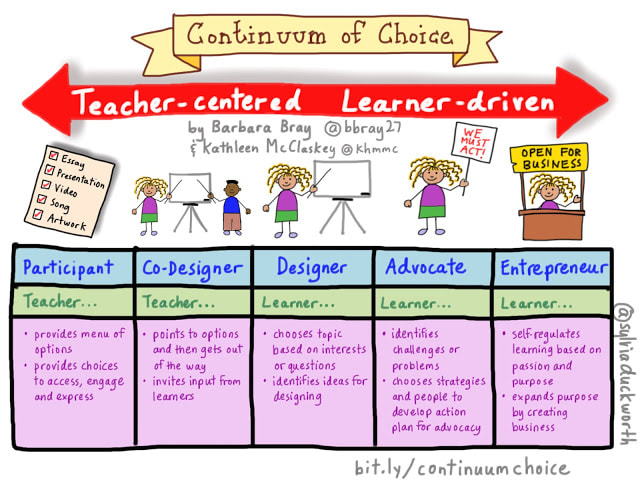
Fostering Lifelong Learning Through Child-Centered Teaching Methods
In the realm of education, a paradigm shift has occurred, steering away from traditional teacher-centric methods toward approaches that place the child at the heart of the learning process. Embracing child-centered teaching methods has proven to be instrumental in fostering lifelong learning, nurturing individual growth, and creating a dynamic educational environment.
Understanding Child-Centered Teaching Methods
Child-centered teaching methods prioritize the unique needs, interests, and pace of each student. Rather than adhering strictly to a standardized curriculum, educators employing this approach tailor their teaching styles to accommodate diverse learning styles and preferences. This method recognizes that every child is an individual with distinct strengths and areas for development.
Nurturing Independence and Self-Directed Learning
One key aspect of child-centered teaching methods is the emphasis on fostering independence in students. By providing opportunities for self-directed learning, children develop essential skills such as decision-making, problem-solving, and time management. Encouraging autonomy in the learning process empowers students to take ownership of their education.
Hands-On Learning Experiences
Child-centered teaching methods often involve hands-on learning experiences, allowing students to engage with the material in a tangible and meaningful way. Whether through interactive projects, experiments, or real-world applications, these experiences not only enhance understanding but also make learning more enjoyable and memorable.
Individualized Instruction for Varied Learning Styles
Every child has a unique learning style, and child-centered teaching methods recognize and accommodate these differences. Through individualized instruction, educators can tailor their teaching approaches to match the strengths and preferences of each student. This personalized attention ensures that all students have the opportunity to succeed.
Creating a Supportive and Inclusive Environment
Child-centered teaching methods promote a supportive and inclusive learning environment. Teachers strive to create a classroom atmosphere where students feel valued, respected, and encouraged to express their thoughts and ideas. This inclusive approach fosters a sense of community, promoting collaboration and a positive attitude toward learning.
Implementing Montessori Principles in Education
Child-centered teaching methods often draw inspiration from educational philosophies like Montessori. Montessori principles emphasize hands-on, experiential learning and view the child as an active participant in their education. By integrating Montessori principles, educators can enhance the child-centered approach and further enrich the learning experience.
The Role of the Prepared Environment
A crucial element in child-centered teaching methods is the concept of a prepared environment. This involves creating a classroom setting that is conducive to learning, with carefully selected materials and resources that cater to the developmental needs and interests of the students. The prepared environment plays a pivotal role in facilitating independent exploration and discovery.
Child-Centered Teaching Methods in the Digital Age
As we navigate the digital age, child-centered teaching methods are evolving to incorporate technology responsibly. Integrating educational apps, online resources, and interactive tools can enhance the learning experience and prepare students for the demands of a technology-driven society.
Embracing Child-Centered Teaching Methods for Lifelong Success
In conclusion, the shift towards child-centered teaching methods marks a positive transformation in education. By prioritizing the unique needs of each student, nurturing independence, and creating a supportive learning environment, educators contribute to the development of lifelong learners. Embrace child-centered teaching methods to cultivate a generation of individuals who are not only academically proficient but also equipped with the skills and mindset for lifelong success.
To explore more about Child-Centered Teaching Methods, visit www.igaseng.com and delve deeper into the principles that are shaping the future of education.




